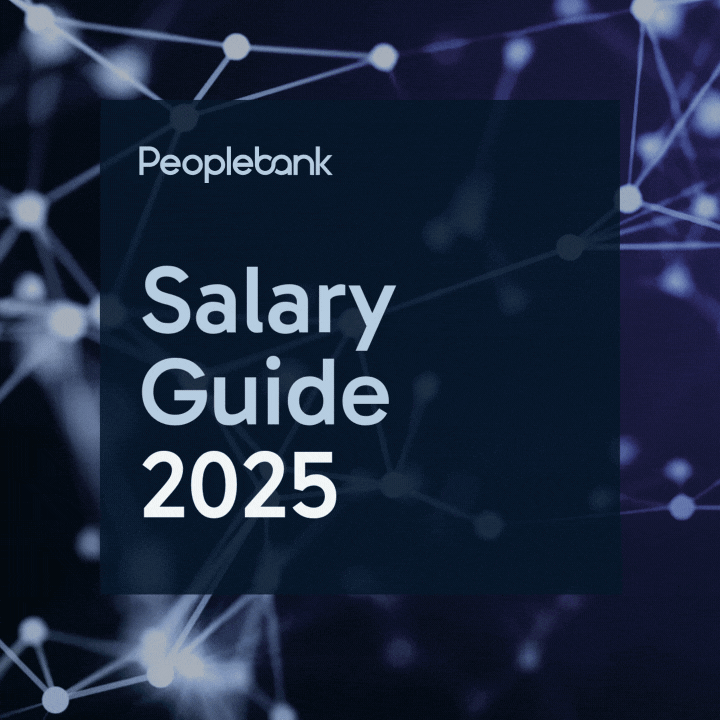5 Tips for Learning Any Programming Language
Learning a new programming language can be an intimidating endeavor. Nonetheless, anyone can learn any programming language fairly easily. The best strategy for learning a programming language is to stay positive and follow a few simple tips that make the learning process much easier.
Learn Basic Information
Basic knowledge of any programming language can be placed into three categories. Syntax, built-in operators and libraries. The syntax of a language consists of the grammar and spelling associated with a specific language that is actively expected and understood by a computer, and is easy to learn. Built-in operators and available libraries for a particular language usually take some time to learn thoroughly, but focusing on these three basic areas of information will help you learn the essentials of any programming language quickly.
Practice
Once you learn the basics of a programming language, the next step is to start writing simple input/output code. Then you can continue on and experiment with decision statements and loops. If you're not sure what code to write or you simply need ideas, there's a multitude of coding challenges available online, as well as project ideas, for absolutely every programming language that currently exists.
Learn Advanced Strategies and Techniques
If you've mastered the basics of a programming language there are much more advanced techniques, concepts, and strategies available to research and learn. Developing algorithms, learning how to properly debug your code, allocating memory usage for certain code, etc., are all important concepts to understand. Additionally, understanding how to approach a coding issue or error is extremely important, as every programmer runs into a few. Learning how to find and apply the information needed to fix your code or develop your code into a working program is the backbone to becoming a seasoned developer.
Refine Coding Habits
It's important to make sure you're using good programming habits when learning a new language and writing corresponding code. Improper code formatting will make your code look sloppy and will make others view you as an inexperienced coder. Improper use of white space, ridiculous variable names, and strange indentations are all bad habits that should be corrected. Writing code that is both accurate and visually clean will help you become a truly experienced developer.
Be Patient and Keep Practicing
Becoming an expert at using any programming language requires time and effort. It also requires the ability to find the correct information and procedures, then utilizing them to write clean, working code. Many people get frustrated especially when trying to learn their first language. It's important to stay positive and to keep practicing. There are many resources available online to make your coding journey easier and possibly even brilliantly fun. Be patient while you're learning and keep practicing.
Learning a programming language may seem difficult. Learning the basic information about a language and proceeding to practice coding with the language are important first steps. Once a basis of knowledge is established, learning advanced techniques, refining coding habits, and continuing to practice should be your next steps. Using this method to learn a programming language will make the entire process much easier and will help you become an experienced developer.






















